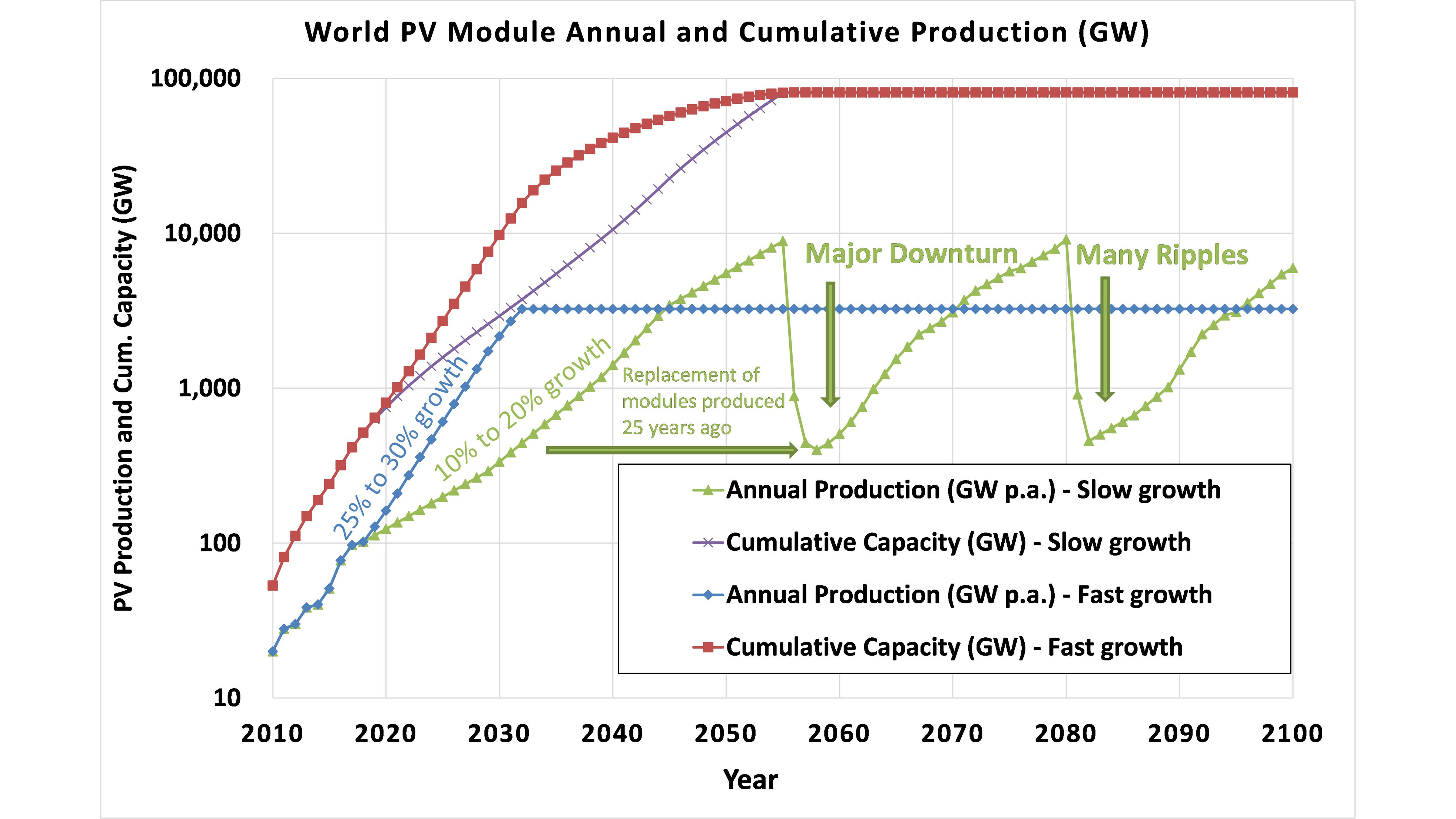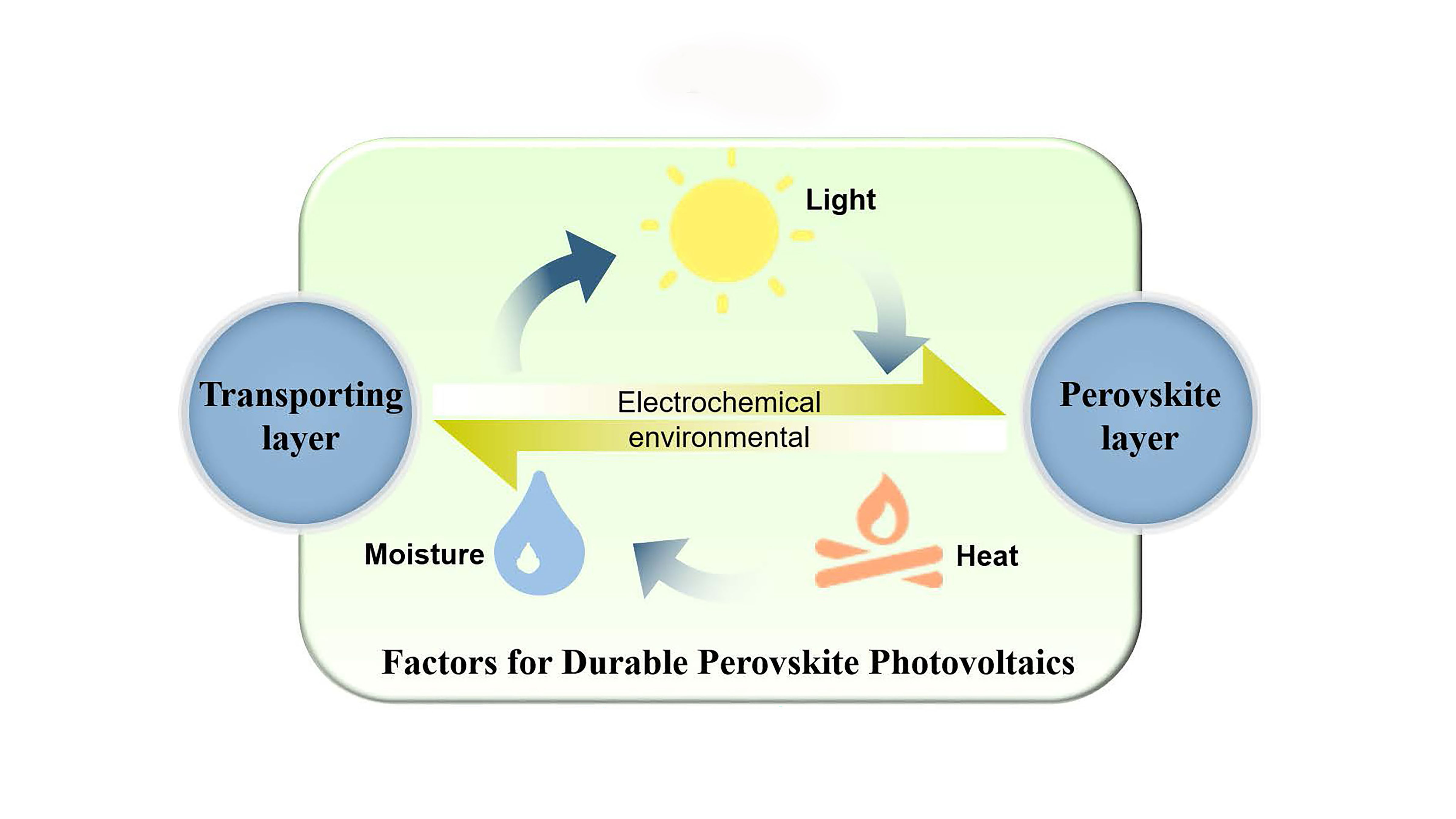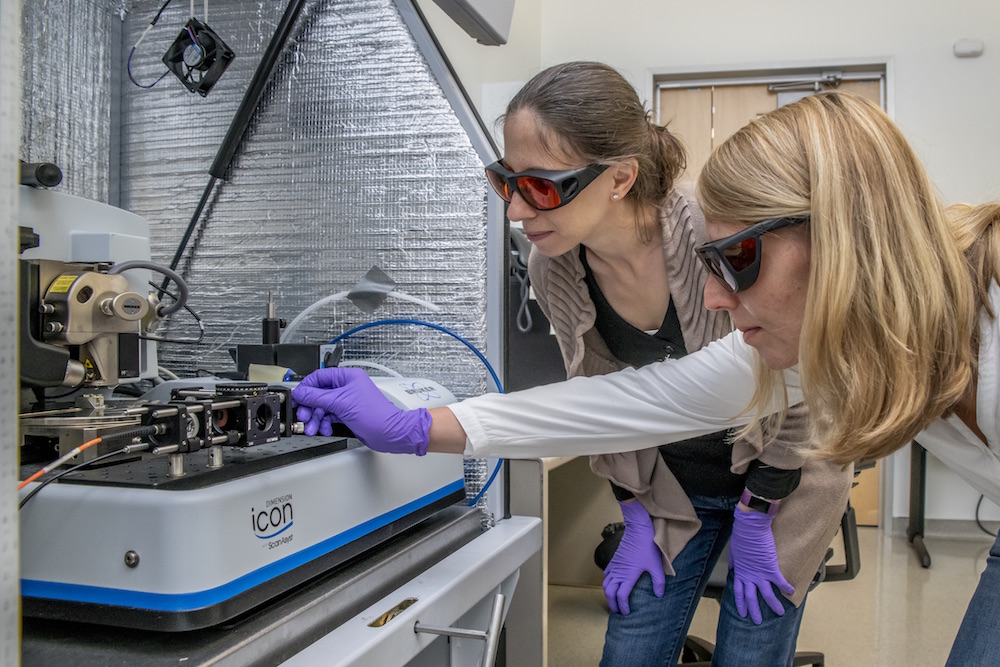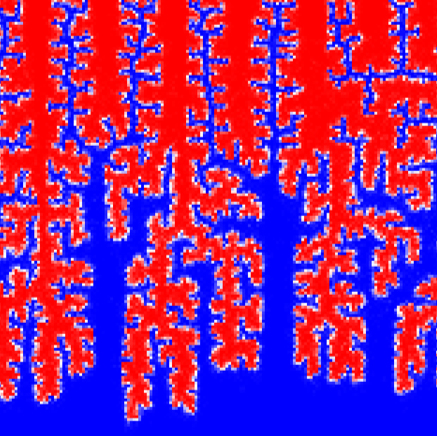Abstract Regions with limited space for constructing renewable power generation systems need to maximize electricity generation by optimizing the operational efficiency of existing plants and selecting an optimal location for the new construction of PV power plants with favorable weather…
Tag: Photovoltaic
Economics of physics-based solar forecasting in power system day-ahead scheduling
Abstract A high-quality solar power forecasting system that strictly adheres to grid regulations is valuable for system operators to formulate strategies for power system scheduling. Some grid operators, therefore, enact penalty schemes for the forecasts submitted by photovoltaic (PV) plant…
Carbon emissions and reduction performance of photovoltaic systems in China
Abstract Solar energy is an inexhaustible clean energy, which can be converted into electricity through photovoltaic (PV) modules. However, the production of these modules is a process of pollution, which will generate a large amount of carbon emissions. Therefore, investigating…
Synergy of green energy technologies through critical materials circularity
Abstract Synergies between technology flows is essential to balance the consumption of their related critical materials and promote a sustainable green economy transition. Using dynamics modelling, a comprehensive analysis of silicon flows applied in green energy technologies such as photovoltaic…
Dynamic reconfiguration of photovoltaic array for minimizing mismatch loss
Abstract Mismatch conditions owing to different internal and external factors, such as partial shading and module defects, can directly degrade the power generation of distributed photovoltaic arrays. In this study, a reconfiguration solution called multiple switching matrices is proposed to…
Optimal capacity planning for the electrification of personal transport: The interplay between flexible charging and energy system infrastructure
Abstract This study analyses optimal capacity planning of the energy system in the context of large-scale diffusion of electric vehicles (EVs), and explores the potential benefits of flexible EV charging. Here, the open-source model GRIMSEL, which is characterized by high granular representation…
Accelerating Sustainable Semiconductors With ‘Multielement Ink’
Scientists have demonstrated “multielement ink” – the first “high-entropy” semiconductor that can be processed at low-temperature or room temperature. The new material could enable cost-effective and energy-efficient semiconductor manufacturing.
New findings pave the way for stable organic solar cells that may enable cheap and renewable electricity generation
Due to the recent improvements in the efficiency with which solar cells made from organic (carbon-based) semiconductors can convert sunlight into electricity, improving the long-term stability of these photovoltaic devices is becoming an increasingly important topic.
Solar Park 2.0: Higher Yield on the Same Area
Shade, dirt, or aging considerably reduce the yield of large photovoltaic facilities. Karlsruhe Institute of Technology (KIT) and partners from science and industry have now launched the Solar Park 2.0 project to reduce these losses.
Casting Shadows on Solar Cells Connected in Series
Even small objects, such as dust and leaves, can block sunlight from reaching solar cells, and understanding how the loss of incoming radiation affects power output is essential for optimizing photovoltaic technology. In the Journal of Renewable and Sustainable Energy, researchers explore how different shade conditions impact performance of single solar cells and two-cell systems connected in series and parallel. They found that the decrease in output current of a single cell or two cells connected in parallel was nearly identical to the ratio of shade to sunlight. However, for two cells running in series, there was excess power loss.
Excitons Need Space to Separate: Free Carrier Production in Organic Solar Cells
New investigations have produced a simpler model to elegantly explain previously observed behaviors for free carrier generation in organic solar cells. The model relies on well-established scientific descriptors, Marcus theory and entropy. Previous descriptions proposed new physical phenomena, but a new, simplified model provides a unified platform for understanding processes in both solution and solid-phase systems for organic photochemical conversion.
Seeing Double for Better Solar Cells
Halide perovskite can make solar cells a thousand times thinner than today’s silicon solar cells. A new approach allows scientists to watch changes in the material’s structure and functional properties while the material solidifies into a thin film from solution. This gives new insight into how the material’s structure and functionality are related, aiding in future solar cell design.
Measuring Photovoltaic Performance Indoors
As photovoltaic technology continues to progress, PV devices’ applications in harvesting energy from indoor ambient light have become more realistic. Some combinations of PV material and light source can be more efficient in converting power than the same material under solar illumination, and a better understanding of these relationships is needed to fully characterize the behavior of solar cells under very low illumination conditions.
Making solar power more efficient
Case Western Reserve University computer scientists and energy technology experts are teaming up to leverage the diagnostic power of artificial intelligence (AI) to make solar-power plants more efficient.

Photovoltaics Industry Can Help Meet Paris Agreement Targets
To meet the Paris Agreement’s goal of preventing Earth’s average temperature from rising more than 2 degrees Celsius above preindustrial level, one of the best options for the energy economy will involve a shift to 100% renewable energy using solar energy and other clean energy sources. In the Journal of Renewable and Sustainable Energy, researchers describe a model developed to predict what is necessary for the solar industry to meet Paris Agreement targets.

Promising Strategies for Durable Perovskite Solar Cells
Perovskite materials are increasingly popular as the active layer in solar cells, but internal forces in these materials cause distortions in their crystal structures, reducing symmetry and contributing to their intrinsic instability. Researchers at Soochow University examined the mechanisms at play, as well as several degradation factors that influence the performance of perovskite photovoltaics. In APL Materials, they clarified the factors influencing the degradation and they summarized some feasible approaches for durable perovskite photovoltaics.
Newer Solar Power Equipment Ages Better Than Older Units
Utility-scale photovoltaics are the largest sector of the overall solar market within the U.S. and the fastest-growing form of renewable power generation, and this fleet of utility-scale photovoltaic projects is relatively young and hasn’t been operating long enough to establish a lengthy history of operational field service. In the Journal of Renewable and Sustainable Energy, researchers assess the performance of 411 utility-scale photovoltaic projects built within the U.S. from 2007 through 2016.

How JCAP Is Making Solar Fuels Shine
As we look back at a decade of discovery, we highlight 10 achievements by scientists at Berkeley Lab and the Joint Center for Artificial Photosynthesis that bring us closer to a solar fuels future.

Engineers developing machine-learning tools to quickly, cheaply design better solar cells
Iowa State engineers are working with collaborators to develop machine learning theories and software tools that can quickly and cheaply design better solar cells. Those theories and tools could also be applied to the rapid design of all kinds of new technologies.